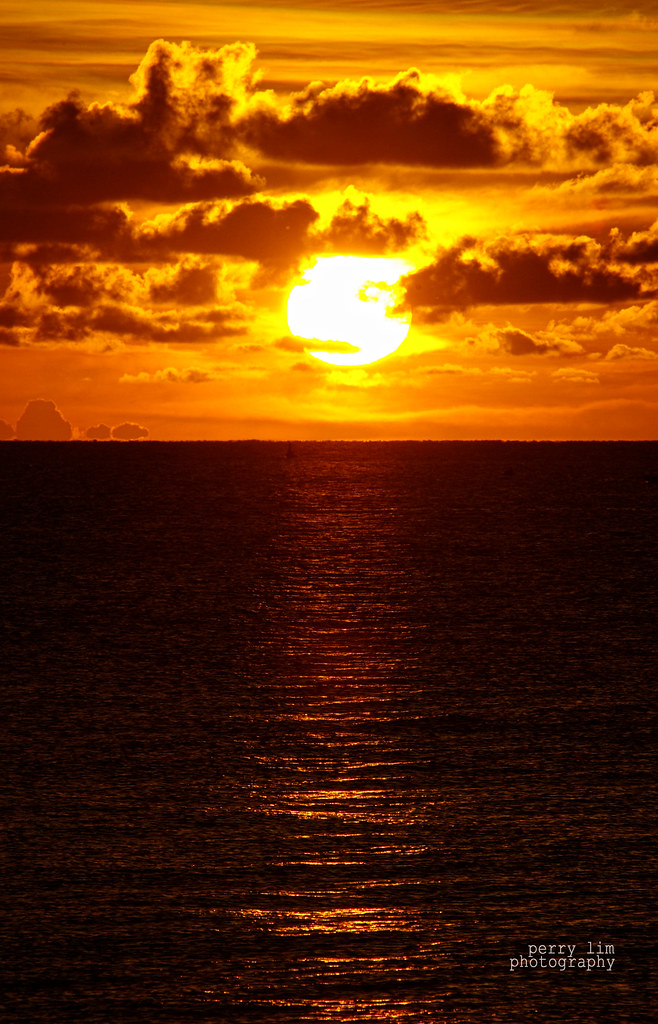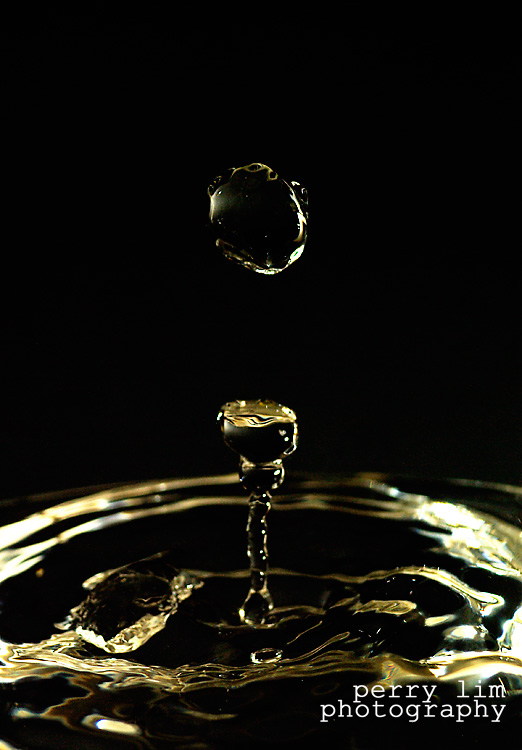One of the best things about having an SLR camera is the absolute flexibility it gives in getting creative with your shots. Sure, the more advance prosumer cameras on the market today are almost equalling the slr camera in terms of functionality and even quality, but still, with the added bonus of changing lenses to suit your photographic needs, the slr still can't be beat.
Just now, I embarked on another of my photography projects. This time, it has to do with painting with light. The term "painting with light" basically means leaving the shutter open for long periods and then, using some light source, make patterns or shapes that are eventually captured on the camera sensor.
I must admit, this is my first serious attempt at this, and let's just say it is going to be something that I may well be coming back to time and again. The possibilities are just endless, only being limited by your creativity - or perhaps your artistic ability.
What's needed for this shot: Shutter release (though not essential if your exposures are less than 30s as you can use your camera's timer to release the shutter), a torchlight, and a flash.
Here's how I did it:
- I framed the shot with the lights on, and focused.
- Dial in the camera settings: 30s at f/19.
- I pictured in my mind's eye what I planned to draw and switched off the lights.
- Give some time for your eyes to adjust to the darkness (mine was almost complete darkness), and then trip the shutter.
- Start drawing, switching off your torch at the end of every completed shape.
- Fire your flash.
And after all that, you should get something like this:

ISO100, f/19, 30s, flash fired with test button
Enjoy experimenting!







